
Review on 🔋 ExpertPower 12V 20A Smart Charger: Optimized for Lithium LiFePO4 Deep Cycle Rechargeable Batteries by Kevin Lechtenberg

Charges well but never seems to fully shut down
I've run several full charge cycles on this 5A model and it works reliably, delivering just over 5A from a deeply discharged battery. then drops to 4A at about 2/3 full charge and 2.5A at 97% full charge. The current dropped to this level, which allowed the quiescent voltage to drop to the 13.6V expected of LiFePO4 at 100% charge, but my 5A model never seems to do that. Instead, once the LED turns green, it simply keeps the battery at around 14.4V indefinitely (I let it run for 5 or 6 hours) when the current drops to less than 0.01A (10mA). As far as I can tell, the green LED simply indicates that the charger has reached its target voltage and has transitioned from constant current regulation to constant voltage regulation. You should not leave this charger connected to the battery for more than a few hours after a full charge. To select a different nit, the listing says "Efficiency: 90%" but I got 77-79% on full charge with a DC output Watts Up meter (cross-checked with a Fluke 189 ammeter) and kill -a-Watt at measured AC input. For example 5.18A * 12.94V = 67.03W output; / 87 W AC input = 77% efficiency (initial charge with deeply discharged battery) 4.00 A * 13.64 V = 54.6 W output; / 69 W AC = 79% efficiency with about 67% burst SOC Not a big issue, but worth mentioning. Perhaps the 20A and/or 2A models work better, but burning the full 20W of internal power at full power might explain why this 5A charger needs a fan! Mine isn't overly loud, at least, and some people might like the audible status indicator - if that fan stops, you're at or above 90% SOC. Opening the case to service the fan if necessary shouldn't be difficult, with two screws on the bottom as shown, but swapping out requires soldering as there's no connector. I modified mine to reduce the max charge voltage from 14.4-14.5v to 14.15-14.2v to make the batteries a bit lighter (by charging from 90-100% slower) and the effects to decrease if I accidentally left them plugged in for a day or two. To do this, remove the circuit board (need to cut through some glue or epoxy to hold it at the edges), then solder a 470kΩ resistor to the surface mount R104 from the bottom, changing its effective resistance of 14.7kΩ about 14.25 kΩ changes. This is the top half of the voltage divider that feeds an input of the LM324 op amp (3kΩ to ground in the bottom half), which compares to the 2500V of the TL431 precision voltage regulation standard. The other sections of the LM324 are for current limiting and fan control.
- Absolute Legend
- Great price
New products
Comments (0)
Top products in 🔌 Household Battery Chargers
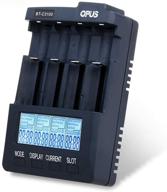
🔋 Opus BT - C3100 V2.2 Intelligent Digital 4 Slots LCD Battery Charger | Li-ion NiCd NiMh Batteries Compatible | US Plug | Purplish Blue

6 Review
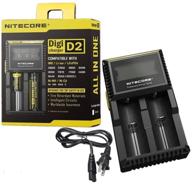
🔋 Improved Nitecore D2 Battery Charger with LCD Display - Universal Smart Charger for Rechargeable Batteries: IMR, Li-ion, LiFePO4, Ni-MH, Ni-Cd

5 Review
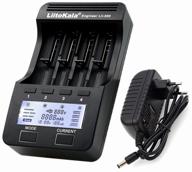
Charger LiitoKala Lii-500

56 Review
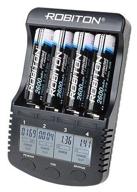
🔌 ROBITON Pro MasterCharger

5 Review
Another interesting products

Efficient Cleaning Made Easy: Yocada Microfiber Spray Mop With 2 Washable Pads For All Floor Types

45 Review

20 Foot High Reach Duster For Cleaning Kit With 5-12Ft Heavy Duty Extension Pole, Sturdy Extendable Microfiber Feather Duster, High Ceiling Fan Duster, Cobweb Dusters, Window Squeegee Cleaner Kits

35 Review
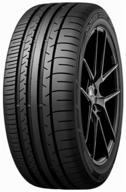
Dunlop SP Sport Maxx 050 235/55 R17 103Y summer

41 Review

Effortlessly Clean Hard Floors With DEERMA'S 360° Rotation Spray Mop - Includes 8 Microfiber Refills And 350Ml Water Tank

42 Review

